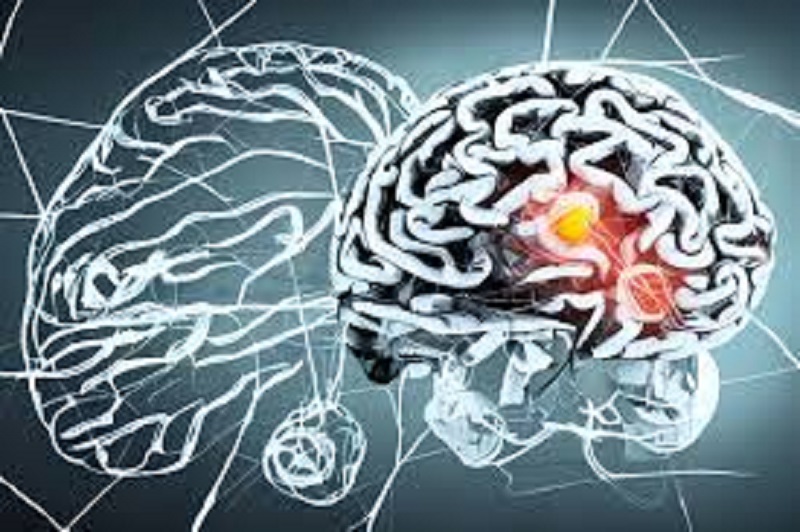
A recent study reported that scientists developed a language decoder that uses an artificial intelligence (AI) transformer. University of Texas Computer Science students, led by Jerry Tang, created a tool that converts a person’s thoughts into text. The achievement of these scientists is significant because it is the first time human brain activity gets translated into continuous language without using invasive methods. They used a functional magnetic resonance imaging (fMRI) machine.
The AI Language Decoder
Using fMRI brain patterns, created a decoder that captures the essence of human stories. The team used three humans in the study. These participants spent 16 hours each listening to stories in an fMRI machine. The researchers utilized GPT-1 AI model. This approach allowed the AI to identify the phrases and words linked to specific brain patterns.
Following the initial training phase, the three human participants had brain scans using an fMRI while listening to new stories not included in the training dataset. The language decoder could convert the audio stories into text in real-time as the participants listened to them. However, there was a difference between the translated text and the original recordings.
This approach differed from the existing techniques that employ invasively implanted electrodes in the human brain. The researchers focused on monitoring blood flow through the brain. The fMRI machines captured this.
The innovative method let the team explore the potential of mind-reading-related technologies. They can test whether the decoder can convert the subjects’ thoughts. At the same time, they watched muted movies or imagined stories. The decoder successfully interpreted what the subjects saw during the movies and the content of their imaginary stories.
The AI Language Decoder Potential Misuse
The team also expressed concern that people could misuse brain-reading platforms by engaging in government and employer surveillance. The researchers acknowledged that their decoder depends on human subjects’ cooperation. Also, they maintained that brain-computer interfaces must respect mental privacy.
The featured image is from promptmuse.com



